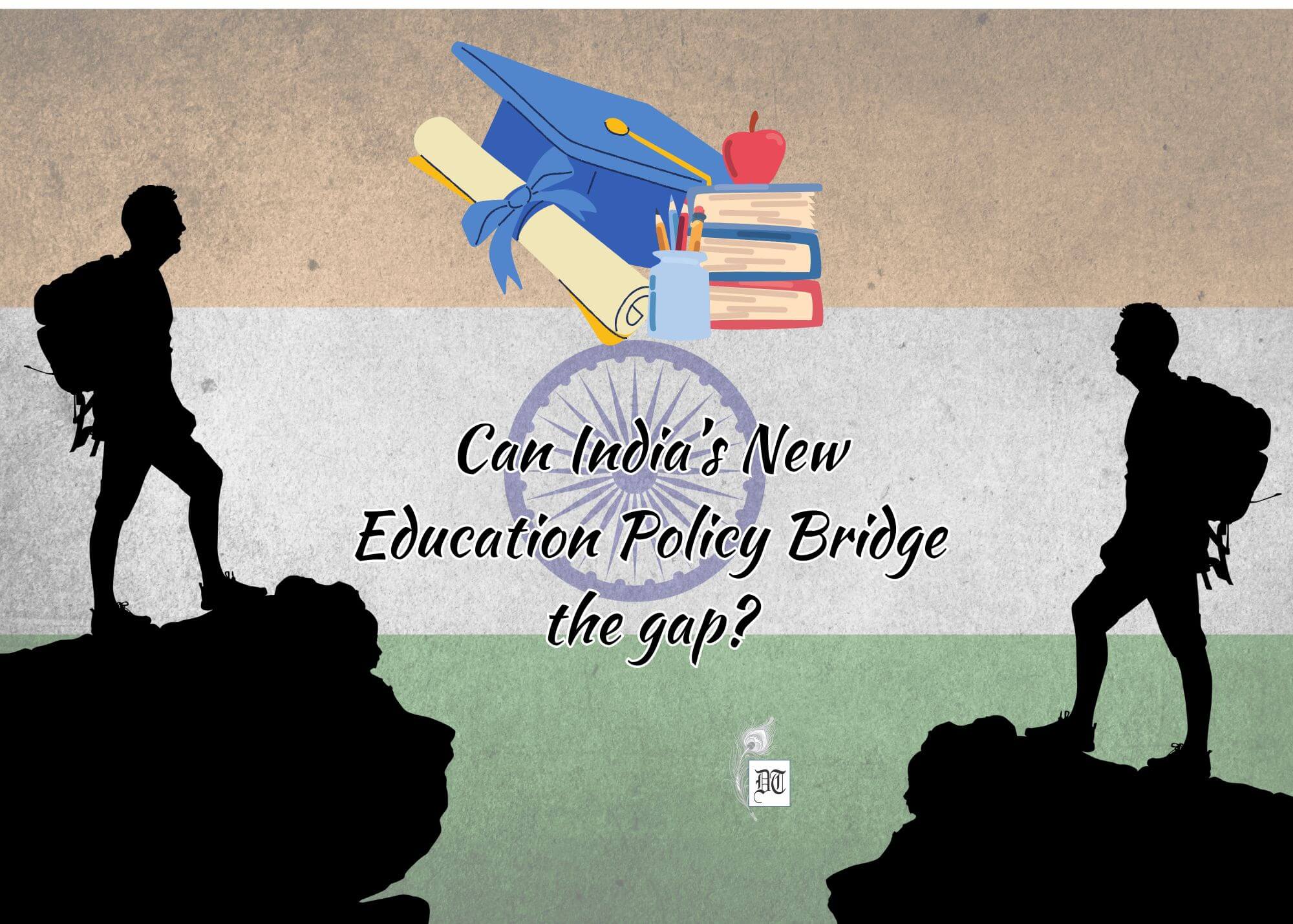Tarun explains the intricacies of interest rates on Fixed Deposits (FDs). Why are lower interest rates hitting the senior citizens hard? Read more in the weekly column, exclusively in Different Truths.
A perplexed senior citizen asked, “Why are the interest rates on Fixed Deposits – also known as Term/Time Deposit (TDR) and Special Term Deposit (STDR) – going down? Previously, my FD fetched 9.5% annually, now it is just 6.5%.”
I began to explain the various things that go into interest rate decisions of RBI, of how the low-interest rate is good for the economic growth, as all advanced nations are virtually at zero rates, some even giving negative rates. Countries like Japan, Sweden etc. have had negative rates for many years. As I continued to give other benefits of lower interest rates, like increased confidence in the country’s financial system, I began to notice the increasing consternation on the gentleman’s face. He was not liking it, I muttered to myself. I tried to think from his perspective.
 He is battling for his daily expenses in retirement, and lower interest rates are taking a toll, as he is wholly dependent on it.
He is battling for his daily expenses in retirement, and lower interest rates are taking a toll, as he is wholly dependent on it.
I promised to search for him higher interest rates and then began to think about interest rates. I, as a businessman, always favoured low-interest rates, but the perspective is different for people dependent on interest alone. So, that set me thinking. What is the golden mean rate of interest, to satisfy the maximum number of stakeholders?
As is my wont, I started from the basics. Why is interest rate needed at all? Why can’t we have zero interest rates for all times to come? Islamic banking, as well as certain countries, do operate on the same principle.
Interest is defined as the cost paid by the borrower for use of money lent by the lender. This is logical, as there has to be some cost to be paid for use of an asset. Now naturally, the lender would want the highest rate of interest, while the borrower the lowest. Then, how do we come at a rate of interest? This is determined by two things – the demand for money, and the credit rating of the borrower. If the demand for money is high, we would have a higher rate of interest. If the credit rating of a borrower is low, again we can have a higher rate of interest. In a booming economy, the demand for money to produce more products is higher, so the interest rate is usually high. In a slowing economy, the demand for new loans is less, so we have a lower rate of interest.
That means, that a slowing economy hurts everyone. From business owners, who see their profits come down, to fixed interest earners, who see their rate of interest go down.
But, it is not that bleak. What happens in times of higher interest rates? Since the demand for goods is high, the inflation also goes up. That means the purchasing power of the people also gets hurt. In times of lower interest rates, the inflation rate is also lower, so the purchasing power of the people gets higher since the same amount of money can buy more products. Hence, today, we see interest rates of 6.5% on  an FD, but consumer price index (CPI) is also at around 2.5%, a net value addition of 6.5%-2.5%=4% for FD holders. When interest rate was 9.5%, say in 2014, the inflation rate was also at 6.5%, which means 3% value addition. That means, in the current scenario, even with lower rates, the purchasing power of interest is more than before.
an FD, but consumer price index (CPI) is also at around 2.5%, a net value addition of 6.5%-2.5%=4% for FD holders. When interest rate was 9.5%, say in 2014, the inflation rate was also at 6.5%, which means 3% value addition. That means, in the current scenario, even with lower rates, the purchasing power of interest is more than before.
Still, I knew the elderly gentleman won’t be pleased with this data. I tried to construct a senior citizen expenditure basket, and see if their particular consumption was also attracting lower inflation. Their chief expenditure was on food (tomatoes are selling anything between Rs 60 and Rs 80 per kilo), and medicines. The consumer food price index series developed by CSO is greatly helpful in this regard. It says the food basket that was costing 115.60 in January 2014, is costing 138.40 in July 2017. This is an increase of nearly 20% over a period of 3.5 years. This gives us an average increase of 5.7% annually.
For medicines, there didn’t seem to be any index. But from media reports, I found that NPPA, the drug price regulator had capped the prices of essential medicines, resulting in the reduction of prices, while GST increased the prices once again by 2.7%. The prices of branded medicines remain effectively the same. Of course, the focus on generic medicines is giving another option to the public at large.
In effect, the senior citizen basket inflation was seeming to be ahead of the CPI. Their purchasing power had not increased  due to lower inflation. However, their income had come down due to lower interest rates. So, the concern of the gentleman was genuine.
due to lower inflation. However, their income had come down due to lower interest rates. So, the concern of the gentleman was genuine.
Now, come back to the interest rate question. I began by examining why int the rest rate is there. In Islamic countries, they operate on a profit loss basis, that is banks which lend are partners in profit/loss and do not charge interest. In negative interest countries, they have ageing populations. So there is a persistent deflation, both as a result of higher technology, as well lower demand due to demographic profile.
Coming back to India, the interest rate spread in India is 5%, as compared to 3% in China, or 2% in Canada. Interest rate spread is the difference in interests that bank charge on their loans, and give on their deposits. Now, this higher spread can be due to various reasons. I shall not go into them. Only, if the government could work to reduce those spreads, that would immediately be the golden mean, where business owners can get loans at lower interest rates, and depositors can get higher interest too.
There is one more thing. Liquid debt funds are offering more tax efficiency, same returns, and better liquidity than fixed deposits, but due to lack of knowledge, people continue to prefer fixed deposits.
liquidity than fixed deposits, but due to lack of knowledge, people continue to prefer fixed deposits.
Also, the private sector debt market is not developed enough. If government and RBI could take steps to promote this, then, not only private sector be not overly dependent on equity markets for their capital requirements, but also depositors would have a vast array of options to choose from.
In conclusion, I can say that a lot can be done to improve banking system. The headlines seem to suggest that NPA problem and digitisation would improve everything in India, but in reality, there can be many things to do, and they need urgent attention.
©Tarun Gupta
Photos from the Internet
#Tax #RateOfInterest #FixedDeposits #RateForFixedDeposits #BankingSystem #IndianBanking #SeniorCitizensRateOfInterest #BareFootEconomist #DifferentTruths



 By
By

 By
By